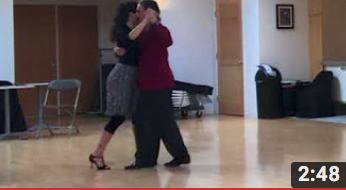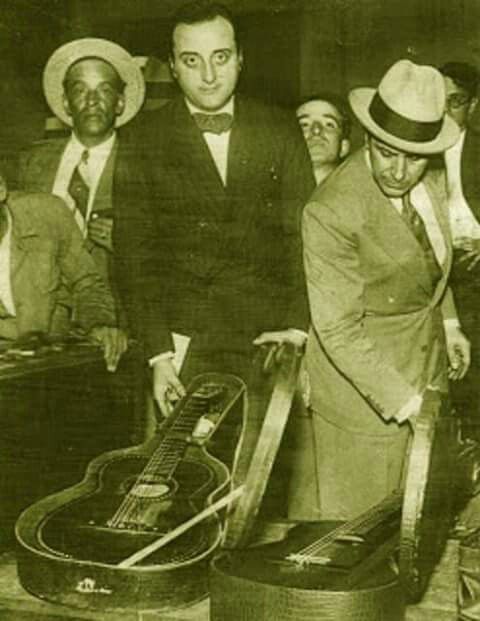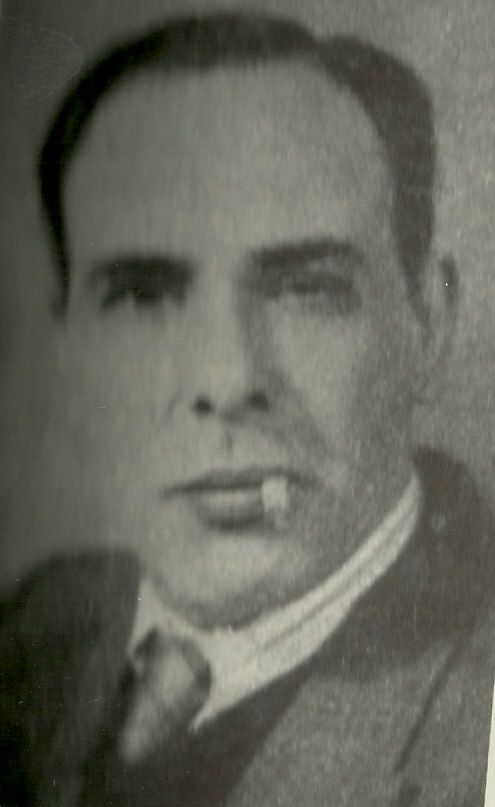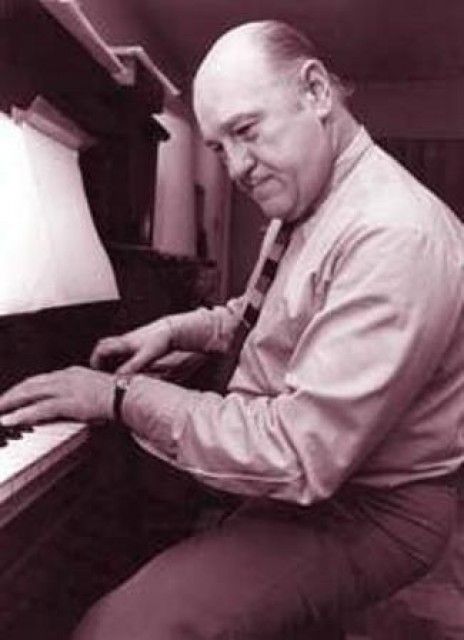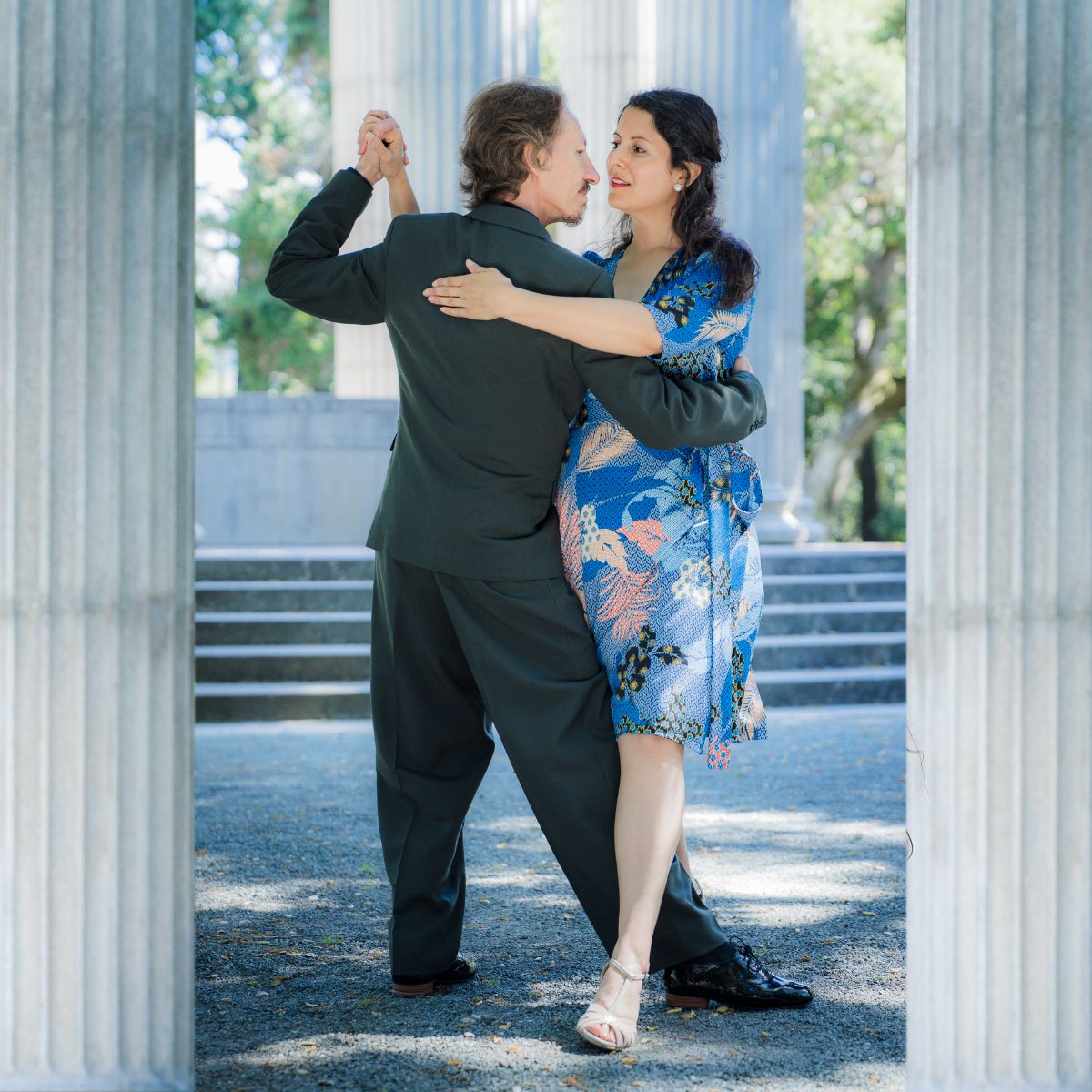
The following are my answers to a questionnaire from the Institute of Transpersonal Psychology of Palo Alto, made in 2011.
1. What qualities characterize a good Argentine tango leader during the dance? MS: Secure, precise, smooth, gentle, patient, adaptable, intelligent, elegant, musical, respectful, protective, spontaneous, unintentional, efficient and aware.
2. What qualities characterize a poor Argentine tango leader during the dance? MS: Insecure, imprecise, rough, impatient, rigid and single-minded, silly, ignorant of the music, disrespectful, intentional, calculative and unaware.
3. What behaviors and attitudes are demonstrated by a good Argentine tango leader? MS: Asking to dance according to the etiquette, entering the floor, acknowledging others, following the line of dance, listening to the music, and knowing it well (knowing the song, the orchestra, the singer, the year of the recording, etc.), letting the dance happen rather than trying moves and steps, not talking or chatting while dancing, talking nicely between songs, at the end of the tanda accompanying his partner back to her place, not insisting on a second tanda.
4. What behaviors and attitudes are demonstrated by a poor Argentine tango leader? MS: Asking to dance in an inappropriate way, making the other person feel obliged, entering the dance floor at any time and place without acknowledging other dancers, not following the line of dance, not listening to music, not caring to learn about it, trying to do moves and steps, talking while dancing, being mean to his partner, correcting or teaching her, leaving his partner on the dance floor at the end of the tanda or insisting on another tanda.
5. What behaviors and attitudes are demonstrated by a good Argentine tango follower? MS: Listening to music, knowing it well, waiting for the lead but dancing (not just following), being present at the moment like someone who takes a challenge, and being patient.
6. What behaviors and attitudes are demonstrated by a poor Argentine tango follower? MS: Not caring about music, moving by herself without waiting for the lead or just plain following without any life in the moves, being absent-minded (for example, thinking about the next leader she wants to dance with), impatient, asking you to dance or making you feel obliged to dance with her.
7. What qualities characterize a good Argentine tango follower? MS: She likes the music and knows it well; she is elegant, natural, and spontaneous.
8. What qualities characterize a poor Argentine tango follower? MS: Does not care about music, is exaggerated and calculative.
9. By what criteria do you judge a good dance? In other words, how do you know when you have experienced a good dance? MS: A good dance is when everything happens without any intention.
10. How do you know when you have had a bad dance? MS: I never had a bad dance. If it is not good, I know it beforehand, so I pass.
11. As a teacher who has many opportunities to observe couples, what do you look for—or what do you see—in a good dance? MS: No intention.
12. What do you see in a bad dance? MS: The dancers try too hard.
SaveSave
